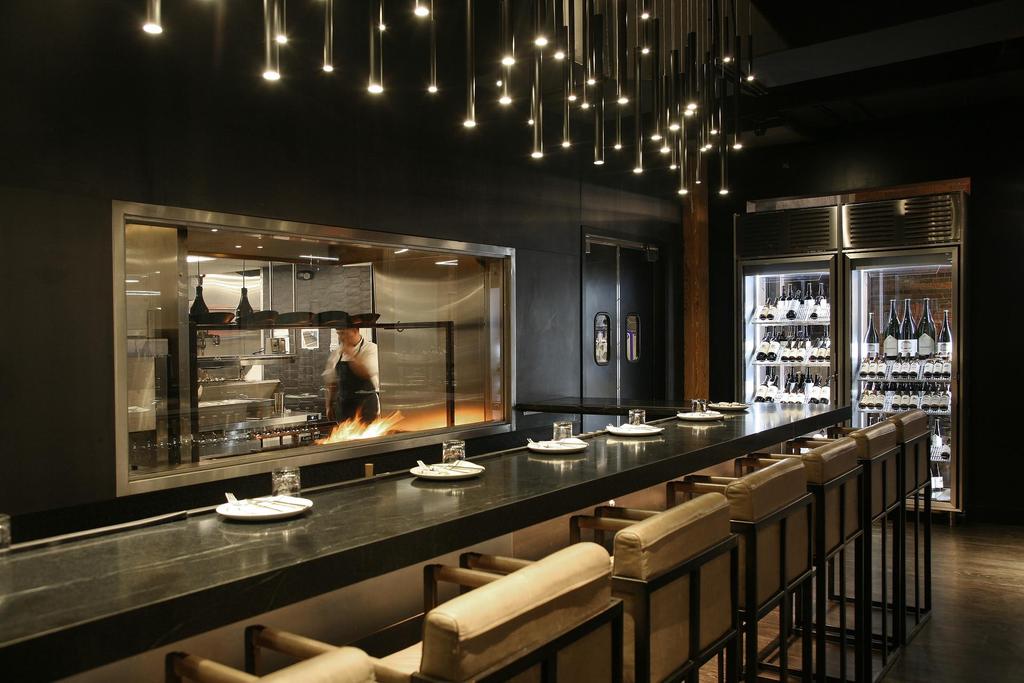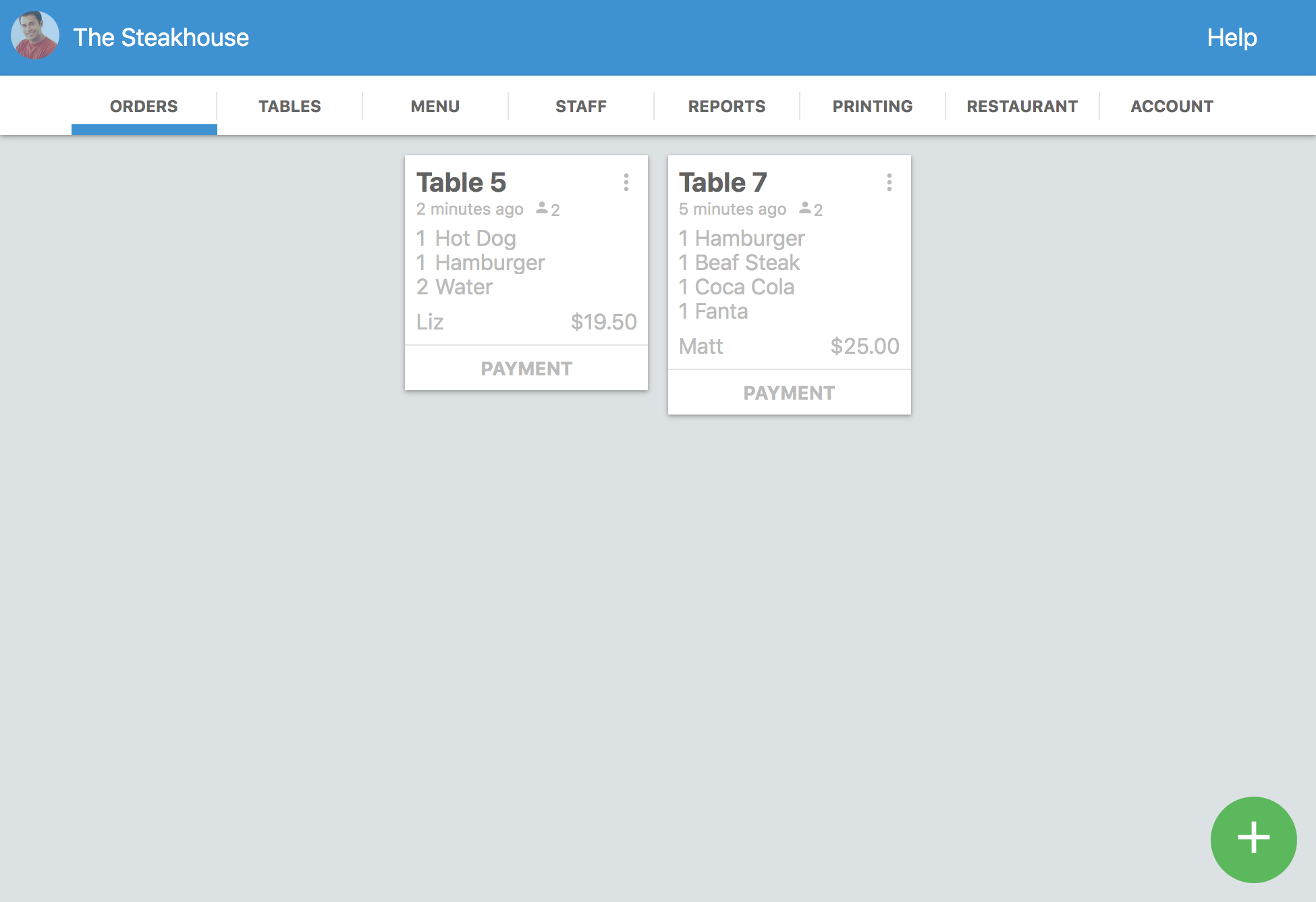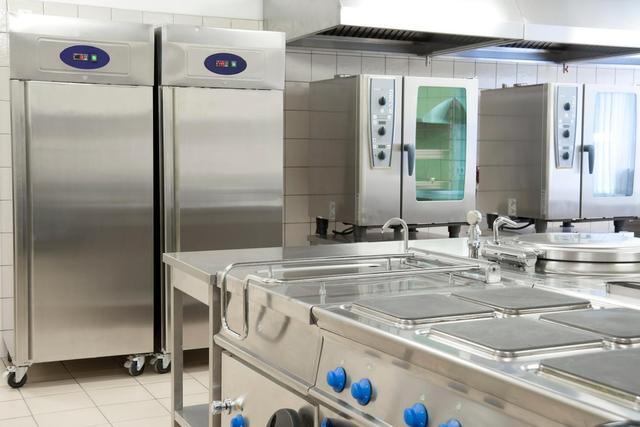Running your restaurant kitchen isn’t easy.
As the coronavirus pandemic rages on, staying competitive in the restaurant industry can be a constant struggle. In a previous post on ‘Restaurant Strategies for Dealing with Coronavirus’, Chef Michael Elkins mentions several tips on how to generate additional revenue through by creating special food menus for takeaway and delivery, partnering with third-party delivery services, and ramping up food safety.
In a similar vein, the kitchen is often viewed as the heart of a restaurant, so maximizing efficiency in this area can help cook staff and wait staff operate to their best advantage.
Although your restaurant may not be back at 100% yet, doing what you can to promote safety and customer satisfaction during peak hours will boost your overall reputation.
Back to the main question;
How do you run your kitchen efficiently?
Here are 7 tips that will help you:
Keep all ingredients organized
Upgrade your appliances
Create specific work stations
Clean as you go along
Manage your storage space
Reassess your menu choices
Use order management (POS) software
Now let’s go into these in more detail.
1. Keep all ingredients organized
To avoid things going missing and food orders being delayed, it helps to have your food storage areas efficiently organized. The Canadian Institute of Food Safety describes how complying with the First In, First Out (FIFO) method will help minimize food waste and improve food safety.
In refrigerators, dry storage, and prep areas, there are several guidelines you should note. This means that you must use items that are received first, clearly label and date containers of items without their original packaging, and frequently check best-before and expiry dates.
Food handlers, including kitchen managers and staff, should receive FIFO training to further strengthen their expertise in this area.
2. Upgrade your appliances
It may seem like a no-brainer, but having a fantastic menu and a great inventory process can only do so much if your kitchen staff isn’t equipped with the right tools for the job. Even though, kitchen equipment can cost a great deal of money, but it’s definitely an investment that’ll stand the test of time.
For restaurants that cook large quantities of grain, WeKnowRice describes how larger Zojirushi rice cookers are highly efficient, yielding over 10 cups of cooked rice in one go. If your equipment can't keep up with customer demand, this can be detrimental for your business. Waiting for discounts and deals can help you score some necessities from restaurant suppliers.
3. Create specific work stations
Depending on your budget, space, and menu, you’ll probably need several work stations that are specialized for certain tasks. Many restaurants have a sauté station, which needs to have an experienced chef ready to multitask on multiple burners if need be.
In addition, the fry station usually features an entry-level cook or someone who’s new to the industry. Figuring out which staff member performs best in each station can help cut down on additional meal prep and streamline operations. Also, ensuring that multiple staff members can take over when needed will save you from headaches if someone calls in sick.
4. Clean as you go along
In an article on ‘Time-Saving Kitchen Tricks From Line Cooks’, two expert chefs agree that cleaning as you go along can save a massive amount of time if you save cleanup for the end. By keeping work stations as clean as possible, you’ll be able to reduce the number of unfortunate accidents that take place in the kitchen.
Keeping equipment clean for the next person can also prevent flavors from seeping into other dishes and help everyone function more effectively. While no one enjoys doing the washing up or getting rid of waste scraps, a clean kitchen is also often an efficient kitchen.
5. Manage your storage space
Because rent prices can dig into your profits, making the best use of the limited kitchen space you have will create a smoother workflow. If your kitchen is on the smaller side, thinking vertically and buying stackable storage solutions can save you tons of space. This is especially key for food trucks and pop-up situations.
Because people need maximum mobility in the kitchen, avoiding any shelving that interferes with basic functions is key. Consider using large storage bins with wheels to transport dry goods tucked under tables and shelves.
Tip: Learn some best space-saving strategies for your restaurant’s kitchen storage.
6. Reassess your menu choices
During peak hours, staff may be running themselves ragged to fulfill orders in the kitchen. Even though your service may be exemplary, prolonged wait times for food can make customers very unhappy no matter the quality of the dish.
If your menu is overly broad, it can be difficult to prepare certain dishes during busy times. FSR Magazine explores how replacing these dishes with simpler offerings can make things move faster. In addition, finding out which dishes use similar ingredients can help you during inventory periods and cut down on unnecessary costs. For instance, using a single vanilla ice cream base with multiple mix-ins for milkshakes can be more affordable than purchasing different flavors.
When it comes down to it, evaluating existing kitchen procedures and seeing what can be done to cut down the number of steps will help you take that next step forward. Ensuring that your team has the training, support, and resources they need for success can help you get those rave reviews and fill those tables in the near future.
To learn more about how to design and place your restaurant’s menu, check out the article ‘Menu Engineering’ by Micheal Elkins.
7. Use order management (POS) software
In this day and age, using pen and paper for taking orders is an unnecessary waste of time. This is because your waiters have to write the orders down, travel to the kitchen, and only then the chef can work on it.
However, with efficient POS software, the waiter doesn’t have to write down anything and the orders arrive at the kitchen instantly.
How?
The waiter can quickly select the order items on his tablet (or mobile phone) and create the order instantly. The chefs can then instantly access this order using the tablet in the kitchen or a wifi thermal printer. (The software will display the order on the kitchen tab or print it automatically)
This way, you can offer a much faster service to your customers and manage your kitchen more efficiently. You also reduce the chances of human errors in the orders which saves you unnecessary costs.
If that sounds interesting, I’d recommend you to check out Waiterio’s Free Restaurant POS software. (Here’s the Android or iOS version for tablets or mobile phones)




